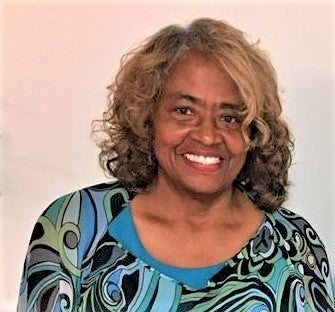The beauty and value of old stories
Published 4:27 pm Monday, March 21, 2022
|
Getting your Trinity Audio player ready...
|
People often ask me where I get the old stories that I share on my Black history walking tours of Washington, in the columns I write, and the narratives I share at the Washington Waterfront Underground Railroad Museum. I am blessed to have a library of stories in my memory passed on to me by my ancestors and neighbors. I miss the beauty and simplicity of the art of storytelling by my grandparents, and their friends and neighbors. They would sit in rocking chairs on the front porch in the cool of summer evenings and talk of events long past. Many stories were passed on to them, some of them deep rooted in the days of slavery. I would sit nearby listening to the stories while cutting out paper dolls, or pictures out of old Sears and Roebuck catalogs.
Sometimes I was fascinated by the stories and other times, I would be preoccupied with my paper dolls, or reading a book and miss a lot of what was being shared. I wish I had listened more. They were sharing some amazing history with me.
I have been researching Black history in Washington for over fifteen years and I have found those old stories to be true. They have been confirmed and validated thru old courthouse records, historical documents, and old newspaper articles. Some of which are archived in university libraries, and some have been kept safely in old Bibles and old cedar wood trunks.
I have so many favorite stories, but I’ll share this one because it shows how simple research can verify old stories. This story was about a very prominent man in his day named John Dickerson. My grandmother and others referred to him as ‘Uncle John’. I was often puzzled by that because no one in our family was named John. Because he was such a highly respected man in the Black community, he was called’ Uncle John’ by many people. They talked about Uncle John Dickerson having a will and leaving money and land to his children. They said Uncle John was born in the year of the War of 1812, when the United States took on the greatest naval power in the world, Great Britain. He was owned by a man named Joel Dickerson who owned 17 enslaved people including John Dickerson, who was sold to the John Myers family at the age of four. Myers owned 32 enslaved people by 1860. Most of them worked in Myers shipping and commerce businesses. Uncle John earned a little money from his work. When he was freed by the Emancipation Proclamation, Uncle John continued working as a servant for the Myers family. In 1884, he brought property in Pungo Town, the area owned by Thomas Bonner, east of Bonner Street going towards McNair Street. It was called ‘Pungo Town’ because some of the first people buying land there were from the Pungo River area.
When Uncle John’s health began to decline, he made a will in October 1889 witnessed by Thomas Harvey Myers, son of John Myers. He left his property with his house and a few buildings on it to his wife Julia and their children. His will is in the Beaufort County N.C. Book of Wills.
My grandmother and some of her friends believed the account of Mr. Dickerson’s will was true but a lot of her friends did not. I wish I could tell my grandmother she was right. This story is true. I have been researching black history in Washington for 15 years and many of those old stories I heard as a child through research have now been validated. Keep researching those old stories you have heard. You might be surprised at what you discover. Happy history hunting!






